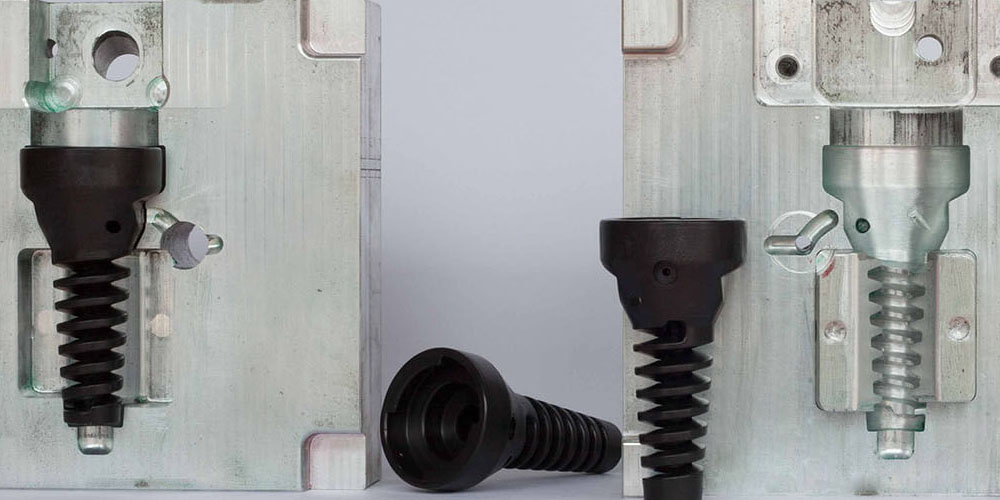Different factors need to be put into consideration while deciding to design injection molds. Furthermore, if you want to design rapid injection molds, you need to consider how the part will be used and how it will fit with other assembly parts. Thus, looking at every facet of the mold you want to design will ensure that you meet all the requirements in the designing process. This article aims to inform you of the best way on how to design injection molds.
The best way on how to design injection molds
1. Material selection
The first step in designing injection molds is material selection. Companies, designers, and manufacturers should agree on the type of materials to be used. Furthermore, there are thousands of materials to choose from in the market. The many materials in the market may be overwhelming on what to choose. Thus, it is crucial to understand the core material features. For example, plastic has many polymer chains groups. The different groups have different characteristics. The different characteristics can affect performance. Thus, understanding material characteristic in material selection is essential in the design process.
2. How to avoid sink marks
Sink marks avoidance in the injection-molded components may be difficult for some during design development. Furthermore, guaranteeing that the surface will be free of sink marks is difficult. Therefore, you can opt to use 50% wall thickness at the rib base instead of the recommended 60%. Additionally, tool quality, gate location, material, wall thickness, surface finish, additives, viewing angle, and color determine sink marks' presence. One can avoid manufacturing issues by clearly developing the most acceptable surface finishing during the designing process.
3. How to avoid thick areas
Ensuring that injection molded parts are not damaged is essential. Thus, to avoid damage, ensure to angle the parts' walls 90 degrees of the mold line of draw. It thus ensures that the part does not cause resistance during ejection.
4. Steel safe regions
Steel safe refers to the design features equipped with clearance to ensure tool makers can machine steel. The issue of tight tolerance, especially in alignment features, snap fits, and interlocking parts, is quite common during designing procedures. Furthermore, critical dimensions and clearance amount is essential in steel-safe regions design.
5. Choosing a parting line
One of the most critical concerns in injection mold design is choosing a parting line. The parting line is where the two parts of a mold meet. In some applications, the parting line is not as apparent as in others. Therefore, while selecting the parting line, ensure that you know the line of draw direction in the mold. Also, deciding on the A and B location of the part is crucial. Furthermore, the material characteristics can help decide the parting line's position during the design process.
6. Even wall thickness
One of the most crucial parts of injection molds design is ensuring that all the significant walls are uniform all over the part. Uniform walls ensure that the cavity material flow is consistent and also ensures uniform cooling. Uneven wall thickness can lead to material degradation and pressure spikes.
Conclusion
Every step in designing injection molds is vital. Proper designing ensures that issues like uneven wall thickness and sink marks are eliminated. Thus, it is crucial to pay attention while designing to avoid making mistakes.


